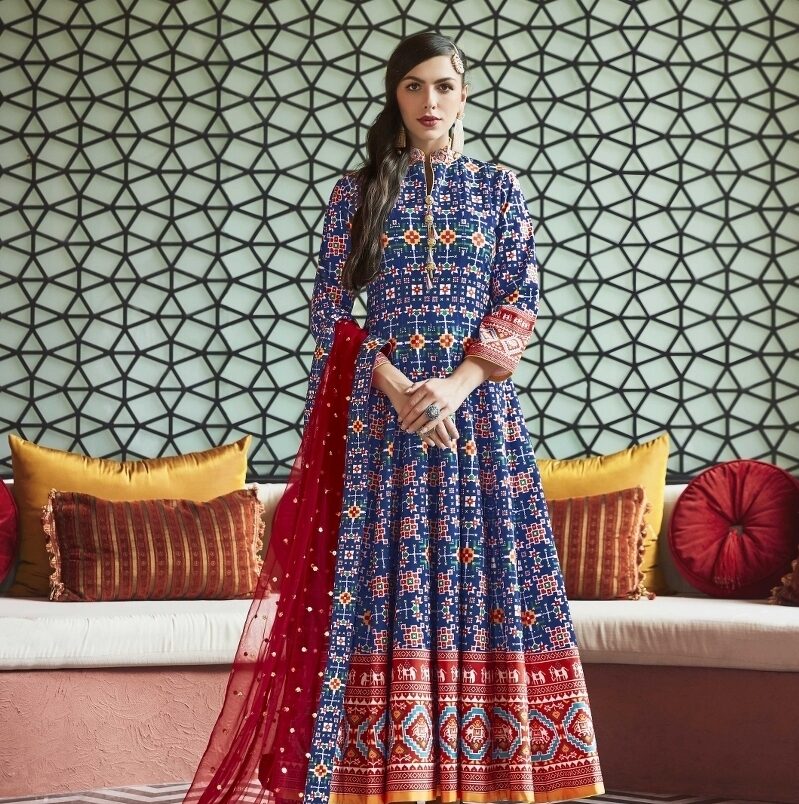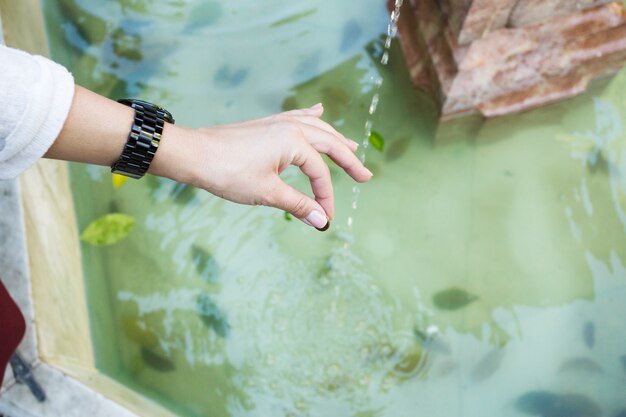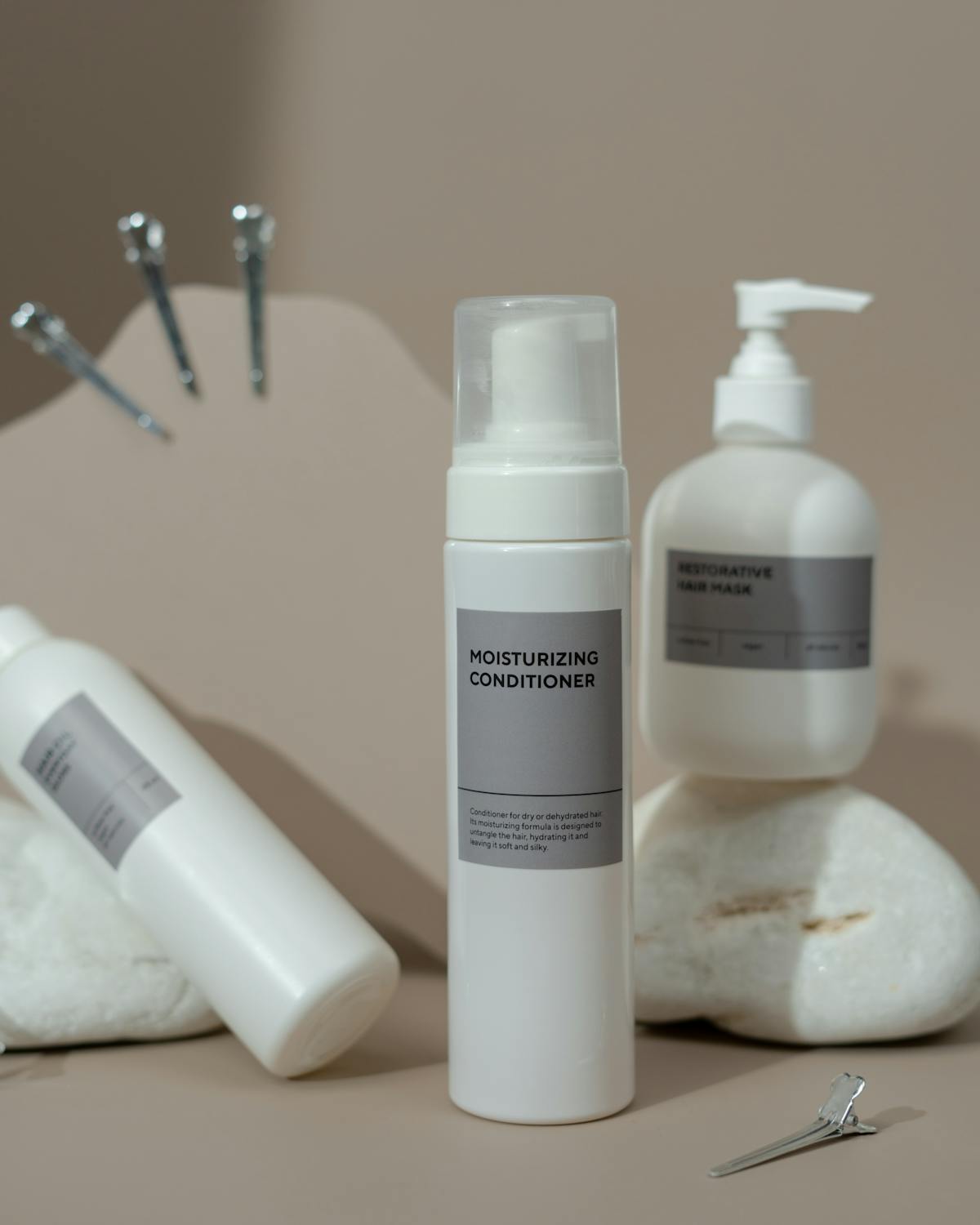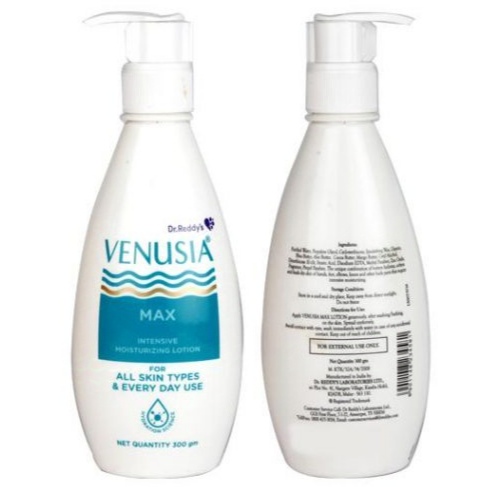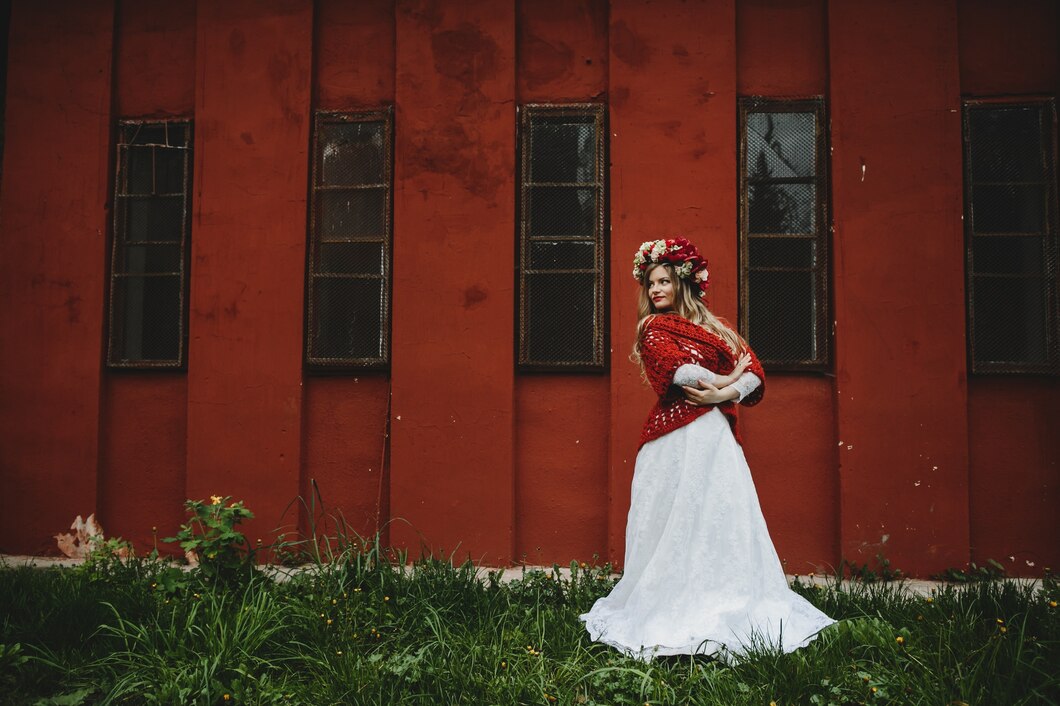Patola dresses are a symbol of timeless elegance and rich cultural heritage. Known for their intricate designs and vibrant colors, Patola fabrics have been cherished for centuries. This article will delve into the history, craftsmanship, and modern-day relevance of Patola dresses, offering insights into why they continue to captivate fashion enthusiasts around the world.
What is a Patola Dress?
A Patola dress is crafted from Patola fabric, a type of silk textile that originates from Gujarat, India. This fabric is renowned for its exquisite patterns and vibrant hues, achieved through a meticulous process called double ikat weaving. The Patola dress is often characterized by its rich texture, complex patterns, and elegant drape.
Key Features of Patola Dresses
- Double Ikat Weaving: This technique involves dyeing both the warp and weft threads before weaving them together, creating intricate and vibrant patterns.
- Luxurious Silk: Patola dresses are typically made from high-quality silk, adding to their opulence and durability.
- Traditional Patterns: The designs often include geometric shapes, floral motifs, and intricate borders, reflecting traditional craftsmanship.
- Vibrant Colors: Patola fabrics are known for their bright and bold colors, achieved through natural dyeing processes.
The History of Patola Fabric
Patola fabric has a rich history that dates back to the 12th century. Originating in the town of Patan in Gujarat, India, the craft was initially developed by the Salvi weavers. These artisans perfected the double ikat technique, which involves dyeing both the warp and weft threads before weaving them together. The result is a fabric that showcases vibrant patterns and colors.
Evolution and Influence
- Medieval Period: During the medieval period, Patola fabrics were highly prized and used in royal courts and temples. They were regarded as a symbol of wealth and status.
- Colonial Era: The British colonial period saw a decline in Patola weaving due to competition with machine-made textiles. However, the tradition was preserved by a few dedicated artisans.
- Modern Revival: In recent decades, there has been a resurgence of interest in Patola fabrics, with designers incorporating them into contemporary fashion while maintaining traditional techniques.
How to Wear a Patola Dress
Patola dresses are versatile and can be styled in various ways to suit different occasions. Here are some tips on how to wear them:
For Formal Events
- Traditional Look: Pair a Patola saree with traditional jewelry such as gold jhumkas and a statement necklace. Opt for a blouse with intricate embroidery to complement the saree.
- Elegant Gown: For a modern twist, consider a Patola gown with minimalistic accessories. This look is perfect for weddings or formal gatherings.
For Casual Outings
- Chic Daywear: Choose a Patola kurti with jeans or leggings for a stylish yet comfortable look. Add a pair of flats and simple jewelry for an effortless day outfit.
- Festive Wear: A Patola lehenga choli can be a great choice for festivals or family functions. Pair it with traditional jhumkas and a clutch for a festive look.
Caring for Your Patola Dress
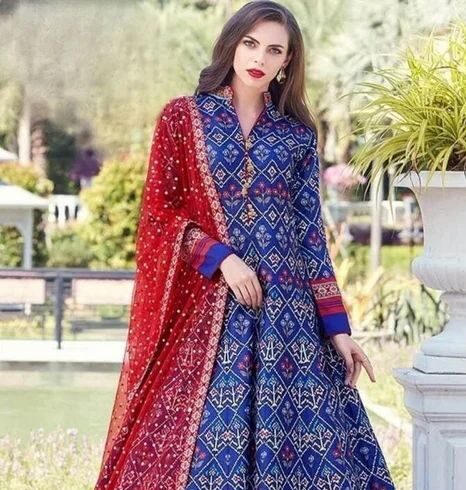
To maintain the beauty and longevity of your Patola dress, follow these care instructions:
- Dry Clean Only: Patola fabrics should be dry cleaned to preserve the intricate patterns and colors.
- Avoid Direct Sunlight: Store your dress in a cool, dark place to prevent fading from sunlight.
- Handle with Care: Avoid rough handling or exposure to chemicals that can damage the delicate fabric.
Where to Buy Patola Dresses
Patola dresses can be found at various places, including:
- Specialty Stores: Look for stores that specialize in traditional Indian textiles or handloom fabrics.
- Online Retailers: Many online platforms offer a wide range of Patola dresses. Make sure to purchase from reputable sellers to ensure authenticity.
- Local Markets: In Gujarat, particularly in Patan, you can find authentic Patola fabrics directly from weavers.
FAQs About Patola Dresses
1. What makes Patola dresses unique?
Patola dresses are unique due to their double ikat weaving technique, which creates intricate patterns and vibrant colors. The use of high-quality silk and traditional dyeing methods adds to their distinctiveness.
2. Are Patola dresses expensive?
Patola dresses can be relatively expensive due to the intricate craftsmanship involved. The price varies depending on the complexity of the design and the quality of the silk used.
3. Can I wear a Patola dress for everyday occasions?
Yes, Patola dresses can be worn for everyday occasions. Opt for simpler designs or lighter fabrics for a more casual look.
4. How can I identify authentic Patola fabric?
Authentic Patola fabric is known for its double ikat weaving and vibrant colors. Look for detailed patterns and high-quality silk. Buying from reputable sellers or directly from Gujarat can ensure authenticity.
5. Can Patola dresses be customized?
Yes, many designers and fabric stores offer customization options for Patola dresses. You can choose the design, color, and style to suit your preferences.
Conclusion
Patola dresses are a beautiful representation of India’s rich textile heritage. Their intricate patterns, luxurious silk, and vibrant colors make them a timeless choice for both traditional and modern wardrobes. By understanding their history and unique features, you can appreciate and enjoy the elegance of Patola dresses even more.
Whether you’re attending a formal event or simply looking to add a touch of tradition to your everyday wear, a Patola dress is a versatile and stylish option that celebrates cultural craftsmanship and timeless beauty.
